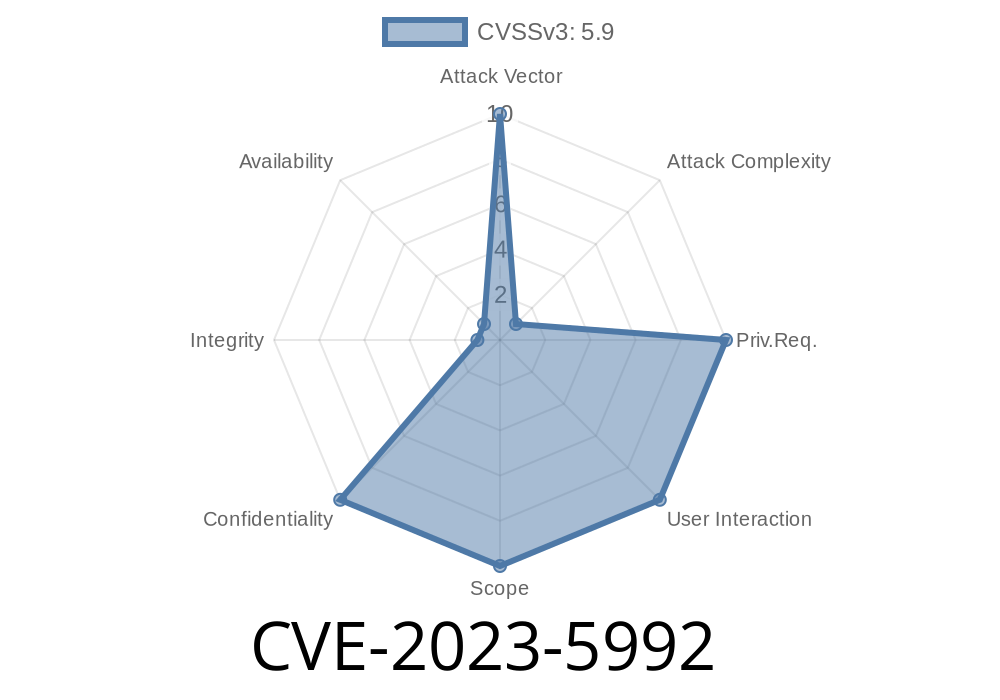In late 2023, a critical vulnerability was found in OpenSC—software widely used for working with smart cards. The bug, CVE-2023-5992, centers on PKCS#1 padding removal. If you use OpenSC to manage private keys, you need to know about this, because it may leak your secret data via side-channels.
Let’s break down what this means, why it’s dangerous, how the flaw works, and what you can do about it.
What Are Side-Channel Attacks?
To understand this bug, you first need to know what side-channels are. A side-channel attack doesn’t attack the math of the cryptography directly. Instead, it exploits how code runs in the real world—timing differences, power use, or even noises.
Imagine you’re watching someone enter a PIN. You can’t see the keys, but you notice the longer pause after certain numbers. Side-channel attacks are like that: observing subtle system clues to guess secrets.
OpenSC and PKCS#1 Padding
OpenSC helps computers use smart cards—the cards you might find in government ID, secure workplace access, or digital signatures. When you use RSA encryption with these cards, it needs to pad your messages in a format called PKCS#1.
Padding isn’t just extra data: it stops certain attacks against RSA, and it has to be *exact*. If removing padding isn’t handled carefully, an attacker might learn your secret key.
The Vulnerability: Padding Removal is Not Constant-Time
Typically, security code aims to run *constant-time* algorithms for handling secret data. That means code runs *exactly* the same way, taking the same amount of time, regardless of the input. This prevents attackers from learning anything by measuring how long something takes.
In the case of CVE-2023-5992, OpenSC’s PKCS#1 decryption padding checks weren’t constant-time. Specifically, the code might act differently based on the actual secret, leaking clues through timing.
Simple Example Code (C, pseudocode)
// Vulnerable padding removal
int remove_pkcs1_padding(unsigned char *input, int length) {
if (input[] != x00 || input[1] != x02)
return -1; // Error
// Find the zero separator
int i;
for (i = 2; i < length; i++) {
if (input[i] == x00)
break;
}
if (i == length)
return -1; // Not found
return i + 1; // Start of data
}
Why is this not secure?
The for loop’s duration (and path through error codes) depends on input. If attackers can measure tiny timing differences or fault responses from a smart card, they can piece together the hidden data inside.
Exploit Details—How Could Attackers Get Your Private Key?
1. Chosen Ciphertext: Attackers trick a smart card (or something using OpenSC) into decrypting chosen ciphertexts. These can be crafted by an attacker to probe how PKCS#1 padding is checked.
Timing Tests: The attacker measures how long the operation takes, or which error occurs.
3. Key Recovery: Over many trials, these small leaks reveal clues about the private key, byte by byte. This is a variant of the Bleichenbacher attack, famous for breaking RSA using PKCS#1 padding flaws.
4. Data Leaked: Eventually, an attacker could recover enough to decrypt or sign things as *you*, with your own smart card’s secret key.
Note: An actual exploit will be highly specific to the implementation and often requires physical access to the card or deep network access. But the risk is real, especially in high-security environments.
References and Sources
- NIST NVD Entry for CVE-2023-5992
- OpenSC CVE-2023-5992 Commit Fix
- Original Bug Report and Patch Discussion
- More on Side-Channel Attacks
- Info on Bleichenbacher’s Attack
Update Now:
If you use OpenSC, upgrade at once to any release after the October 2023 patch.
Use Constant-Time Software Libraries:
If building cryptographic applications, stick to libraries (like libsodium or modern OpenSSL) that promise constant-time operations.
Audit and Monitor:
In critical environments, watch for unexpected card traffic and perform security audits for side-channel timing.
Conclusion
CVE-2023-5992 is a classic example of how even tiny implementation flaws—like skipping constant-time checks—can unravel security at a deep level. If you trust OpenSC for handling private keys, make sure you’re running a fixed version. Always remember: safe cryptography is about both solid math and careful coding.
*If you want to dive deeper, check out the OpenSC GitHub advisory and follow your distribution’s security mailing lists for updates.*
Timeline
Published on: 01/31/2024 14:15:48 UTC
Last modified on: 03/23/2024 03:15:10 UTC
